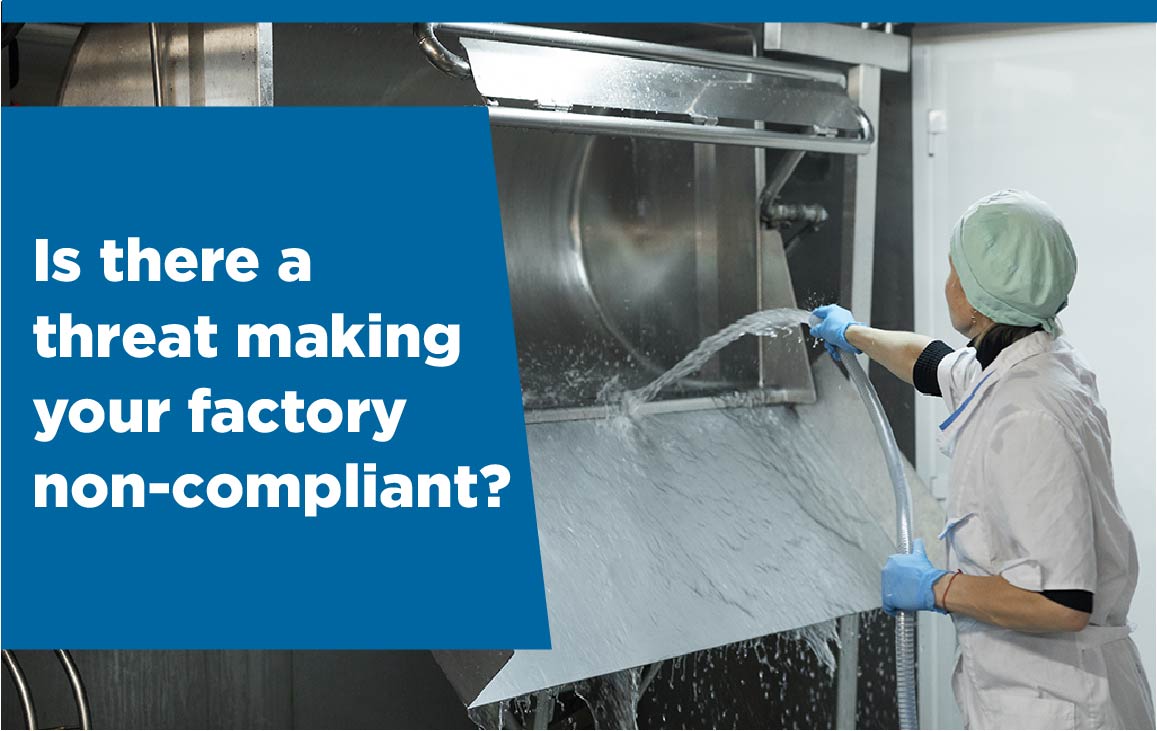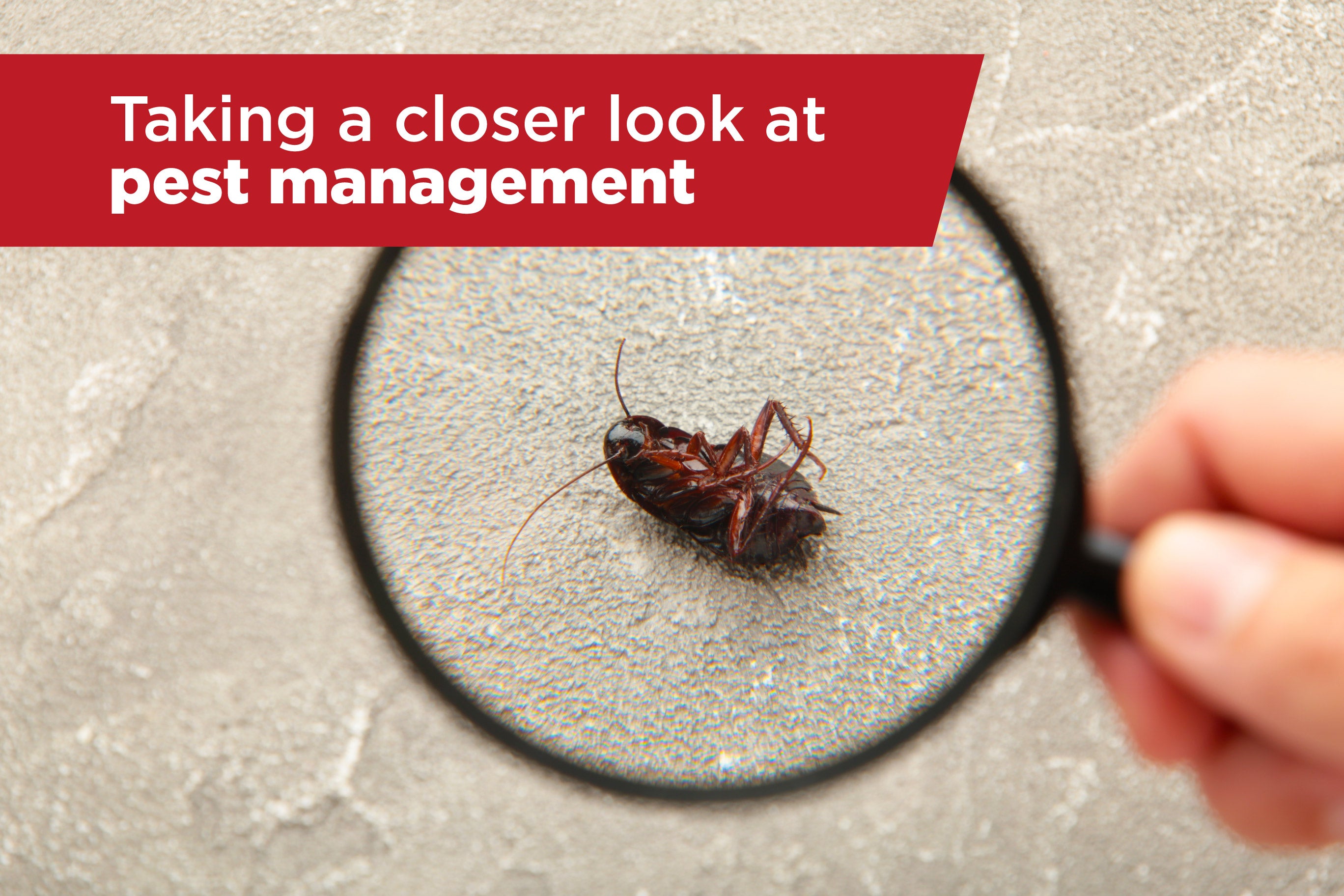Maintaining an aseptic environment is a significant operating expense. Consider how frustrating it would be to fail an MHRA audit because one small area is non-compliant!

Establishing and maintaining a business-wide hygiene culture means introducing psychological cues that will reinforce the fact that staff and visitors alike are in a hygiene-controlled environment.
Hygiene should be the first thing people think about as soon as they enter the facility and the last thing as they leave. Putting hygiene best practice at front of mind means investing in training and signage that will embed the hygiene culture. It also means choosing furniture and support equipment that makes it as easy as possible for staff to maintain hygiene standards. However, the greatest risk factor will always be people. To place this in context, we can touch up to 300 surfaces in just half an hour, the potential for transferring pathogens is significant.
Let’s remember that infamous study by the London School of Hygiene and Tropical Medicine from 2012 that found a quarter of a random sample of 400 people had faecal matter on their hands. It goes without saying the first thing visitors to a facility should encounter on entering the front door is an alcohol sanitiser. The challenge lies in encouraging people to do the right thing. While signage does help, ‘opt-in’ applicators will never be 100 per cent effective in practice. Combining the dispensers with sanitising foot baths or sticky tack matting will have a very positive impact on hygiene standards overall.
Sticky tack matting removes contaminants from shoes as well as electromagnetically attracting airborne particles. These mats are most commonly placed at entrances/exits of cleanrooms, and they can have a significant positive impact on hygiene standards when used as part of a cumulative strategy throughout the facility.
Consequently, it makes sense to install them at additional points of entry as well as the normal risk points, such as changing rooms and washrooms.
Developing a hygiene culture will ultimately afford greater peace of mind for all stakeholders, both internal and external. It is a mindset as much as a process. However, it is worth remembering that best practice comes from the top. It must always be apparent through the values, attitudes and working practices of the senior management team.





